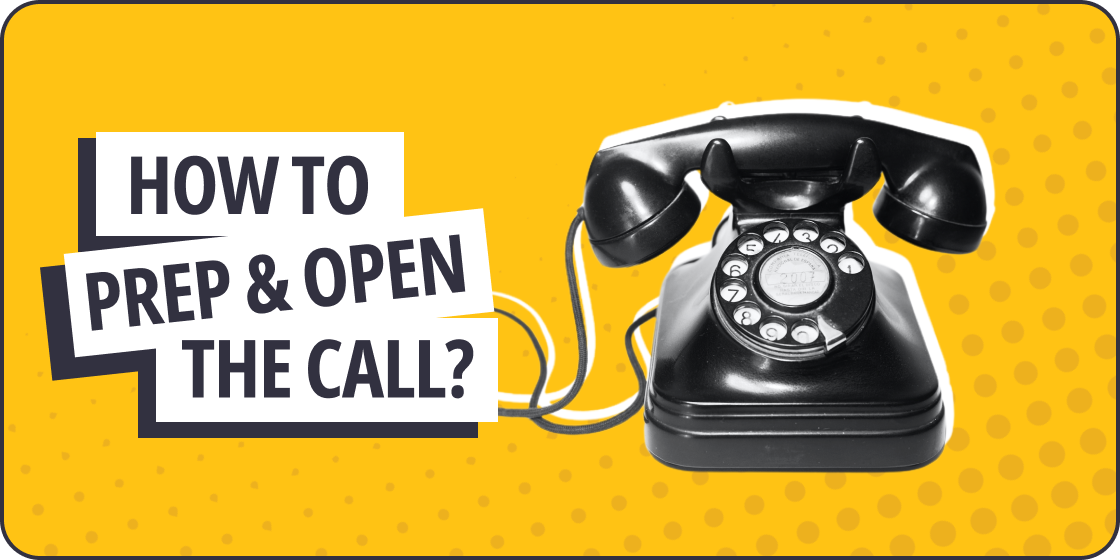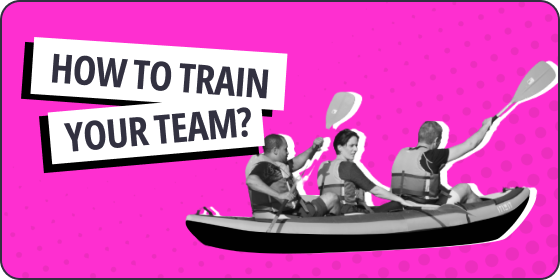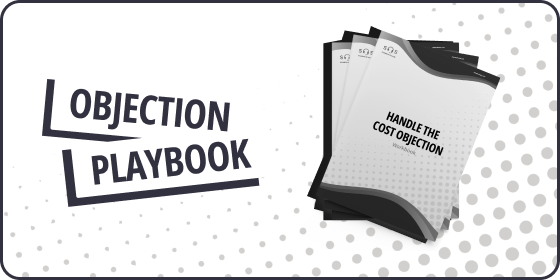How to ride the bull?

Bull Riding is a sport that can trace its roots back to ancient times with contests to tame bulls going back to the 16th and 17th centuries. The object of bull riding is for a rider to mount the bull and then once the bull is let out into the arena, stay on the bull for at least eight seconds as the bull spins, kicks, and twists attempting to throw them off.
Bull Riding, or as we call it in sales Riding the Bull is similar in principle. The objective of Riding the Bull is for the salesperson to engage in conversation with the gatekeeper and stay on the call for as long as it takes to figure out who the best person to talk to is, when the best time to reach them and how to best get in contact with them while the gatekeeper spins, kicks, and twists, attempting to get you off the phone.
In this lesson, we’ll explore some strategies and tips for getting information from the gatekeeper and making the most of your outreach efforts.
- If you don’t have a name, call and ask for the name of the person in the position you’re trying to reach:
- If you have a name, call and ask for them: Be direct, confident, and sound like the person you want to talk to i.e. “This is Michael calling for Richard, Thanks”.
- If they aren’t in ask for their Executive Assistant: Ride the Bull with the EA.
- If no Executive Assistant, get their email address:
- Confirm the best time to catch him: “Mornings or afternoons?” Then get a specific time i.e. “10 am or 11 am?” Once you have it, see if they can put a note in his calendar that you’ll be calling then.
- Ask if there is someone in there now that can help out you could be transferred to: You should have 2-3 roles you can have a conversation/book a meeting with on every lead.
- Ask for their cell phone or direct line for when you call back next.
In real-time, your conversation with the gatekeeper will sound something like this:
1) Good morning! This is [your name] at [your company], can you tell me the name of the person that runs the sales for you?
a. It’s Bob, who is this?
2) This is [your name], is Bob in?
a. I’m not sure, what’s this regarding.
3) It’s regarding businesses looking for (what their company provides), can you please check to see if he’s in?
a. He’s not in his office, do you want me to transfer you to his voicemail?
4) Does he have an Executive Assistant that’s available?
a. Ummm, no he doesn’t have an assistant…
5) Ok no worries… what’s his email so I can shoot him an email?
a. It’s bob@abcco.com
6) Thank you! Who handles the sales while Bob is out that I could speak with?
a. That would be Jane but she’s out as well meeting with a client
7) Ok, do you have a number where I could reach Bob or Jane?
a. We aren’t allowed to give that out
8) No worries. When do you expect them back and I’ll give them a call back?
NOW you can leave a message if you’d like or set the callback for the time they gave you. Be sure to put it in your calendar event
In conclusion, getting valuable information from the gatekeeper can be a challenge, but it is not impossible. By using the strategies and tips, you can increase your chances of successfully reaching the decision-maker at a company or gathering relevant intelligence on them for a more targeted follow-up call.
Remember to be charming, direct, persistent, and clear in your communication, and try to find a way to make a personal connection with the gatekeeper. With a little bit of effort and persistence, you can successfully navigate past the gatekeeper and make the connections you need to hit your booked meeting and sat meeting targets and get promoted to AE!




























